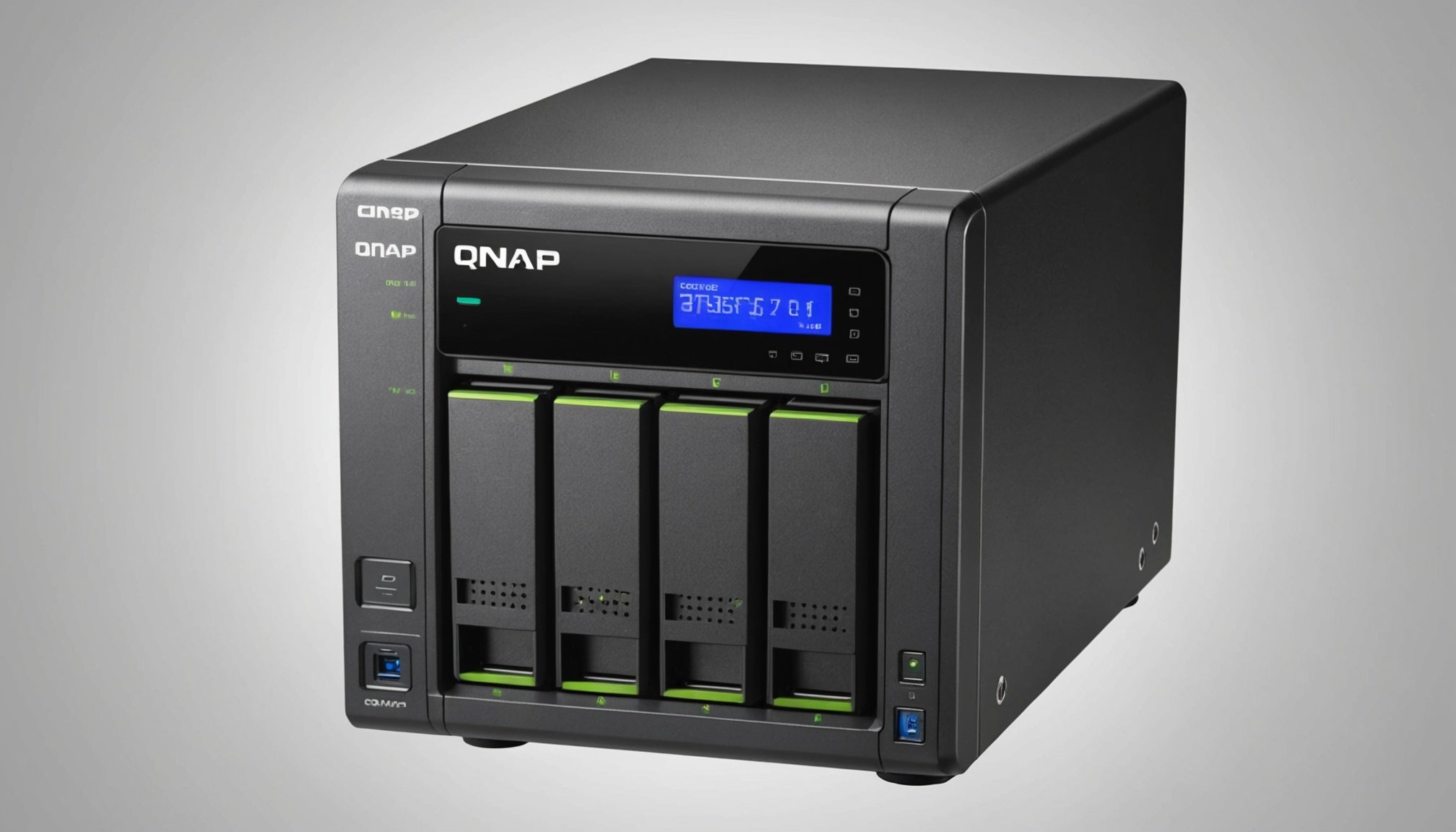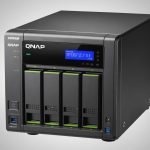Overview of RAID 1 and its Importance
RAID 1, an acronym for Redundant Array of Independent Disks, is a data storage technology that creates an exact copy of data on two or more disks. This process is known as data redundancy. By mirroring the data across multiple disks, RAID 1 ensures that if one disk fails, the information remains intact and accessible on another disk, providing a robust level of data protection. This setup is particularly beneficial for users who require high availability and reliability of their stored information.
The significance of data redundancy cannot be understated. For individuals and businesses alike, losing vital data can lead to not only financial loss but also a violation of trust or reputation damage. RAID 1 serves as a guardian angel for data, ensuring that even in the event of hardware malfunctions, data remains safe and immediately retrievable.
Have you seen this : Ultimate guide to configuring and enhancing your thunderbolt 3 dock with a dell xps 13 for superior connectivity
The QNAP TS-251D is a network-attached storage (NAS) device that fully supports RAID 1 configurations. Known for its reliability and flexibility, the QNAP TS-251D offers users an efficient way to manage and protect their data, making extensive use of RAID 1’s mirroring capabilities. Its user-friendly interface and versatile features make it a prime choice for those wanting secure and accessible storage solutions.
Prerequisites for Configuring RAID 1
Configuring RAID 1 on a QNAP TS-251D requires careful preparation. Hardware requirements are among the first considerations. Ensure your NAS has at least two functioning drives of identical capacity. This is crucial, as RAID 1 setups mirror data across drives, necessitating equal storage space.
In terms of software and firmware needs, it is essential to run the latest firmware on your QNAP TS-251D. Regular updates from QNAP enhance performance and security, ensuring your RAID configuration is stable and reliable. Access the QNAP website to download the necessary updates and follow the installation guidelines provided by the manufacturer.
Before beginning the RAID setup, creating backups is highly recommended. Backup recommendations include using an external device or cloud storage to safeguard your data. This step is essential to prevent data loss during the setup process, particularly if any issues arise.
QNAP TS-251D prerequisites extend to verifying your system’s compatibility with the RAID configuration. Check your QNAP device’s manual or online resources to ensure that it supports the RAID 1 configuration. Taking these preparatory steps will facilitate a smooth and secure RAID 1 setup on your QNAP TS-251D.
Accessing QNAP TS-251D Settings
Accessing the QNAP management interface is a crucial step in configuring your TS-251D. This interface provides all the necessary tools to manage your NAS efficiently. Let’s delve into the steps required to access and configure the QNAP settings.
Logging into the QNAP Interface
Begin by opening your web browser and entering the QNAP’s IP address. You’ll be prompted to enter your login credentials. It’s essential to use the administrator account for full access. Once logged in, you will be greeted with the main dashboard of the QNAP management interface, allowing you to navigate various settings.
Navigating to Storage Manager
Within the QNAP interface, locate the Storage Manager. This is where you manage your drives and configurations. It is typically found in the “Control Panel” under the “Storage & Snapshots” section. Navigating here will enable you to access details regarding disk health and storage pools.
Preparing Drives for RAID Configuration
Preparation is key; ensure each disk is formatted and ready for RAID configuration. In the Storage Manager, select each drive, check its status, and perform a format if necessary. This makes sure they’re optimally set for inclusion in a RAID setup, safeguarding your data’s integrity and performance.
Step-by-Step Guide to Configuring RAID 1
When configuring RAID 1 on your QNAP TS-251D, the setup process can feel daunting. However, with a clear step-by-step RAID setup, the task becomes manageable and straightforward.
Begin by accessing your QNAP management interface. Navigate to the Storage Manager, where you will select the option to create a new RAID group. Here, you will be prompted to choose the RAID type. Select RAID 1 for mirroring data across two drives, which offers redundancy and increased data protection.
After selecting RAID 1, proceed to select the drives that will be part of this configuration. Ensure both drives are of equal capacity for optimal functionality. Once selected, confirm your choices and proceed to initialize the RAID setup.
Monitoring the progress is crucial. The QNAP interface will provide real-time feedback, allowing you to observe the synchronization process as your data is mirrored. Keep an eye on any alerts or notifications that might pop up during this phase.
Finally, confirm the setup by checking the status in the Storage Manager. The configured RAID 1 should be listed as a healthy array, providing peace of mind that your data is secure.
Maximizing Data Redundancy and Performance
Ensuring optimal performance and data redundancy within your QNAP TS-251D is crucial for data protection and system efficiency. Users often contemplate how best to safeguard their data while also maximizing performance.
Best Practices for Data Protection
To enhance data redundancy, consider employing a RAID 1 setup. RAID 1 duplicates data across two drives, ensuring that if one drive fails, your data remains intact on the other. It’s a straightforward yet effective way to safeguard critical information.
Performance Tips for RAID 1 Setup
For optimizing RAID performance on the QNAP TS-251D, ensure that your drives are of equal capacity and speed. This minimizes bottlenecks and allows for smoother data processing. Regularly updating your QNAP firmware can also contribute significantly to enhanced performance, as updates often include performance optimizations and bug fixes.
Regular Monitoring and Maintenance Strategies
Implementing routine checks is essential for sustaining both performance and redundancy. Regularly monitor drive health using QNAP’s built-in tools to catch potential issues early. Schedule periodic data integrity checks to ensure your data remains uncompromised. These maintenance activities, combined with a robust RAID configuration, will keep your QNAP TS-251D running efficiently, safeguarding your important data effectively.
Troubleshooting Common RAID 1 Issues
Navigating RAID troubleshooting can be daunting, especially when dealing with RAID 1 problems on a QNAP TS-251D. Understanding typical issues is vital for efficient resolution. A common problem is disk synchronisation failure, often caused by a degraded disk or filesystem errors. If the device frequently reboots, power supply issues or overheating might be culprits. Meanwhile, inconsistent QNAP issues, such as difficulties accessing shared folders, could indicate network configuration errors.
Identifying and Solving Issues
Start by checking system logs using the QNAP admin interface for any warning signs. Regular log checks can identify if a disk is nearing failure or if a process is continuously failing. If you notice a synchronisation problem, try reseating or replacing the at-risk disk. Verify file systems by running a disk check or filesystem repair tool provided by QNAP. Correcting network settings or firmware updates can resolve access issues.
Knowing When to Seek Help
Despite your efforts, some RAID 1 problems require a professional touch. If the array continues to degrade or data is inaccessible, reaching out to QNAP support or a RAID specialist is advisable. Proper escalation can prevent further data loss and ensure system stability.
Conclusion and Additional Resources
RAID 1 remains a crucial choice for anyone seeking dependable data protection through mirroring. This setup ensures resilience against single drive failures, a continuous priority for data safety. For those looking to dive deeper into RAID configurations, there’s a wealth of additional RAID resources available online to explore various RAID levels and their respective advantages.
QNAP, a leader in network-attached storage solutions, offers extensive QNAP support materials, including manuals, tutorials, and FAQs that are invaluable for both novices and experienced users. These resources are designed to bolster your RAID knowledge and assist in seamlessly setting up and managing your storage systems.
Engaging with community forums provides a valuable opportunity to share experiences and gather insights from fellow users. These platforms often feature discussions ranging from troubleshooting tips to advanced RAID configurations, offering rich content for both learning and sharing.
For a more interactive exchange, always consider seeking advice from seasoned users in these community spaces. Whether you’re refining your RAID 1 setup or considering other RAID levels, these resources offer a supportive foundation for making informed and efficient decisions in your data management journey.






